A crucial aspect of your work is mobilizing afterschool supporters—they are one of your greatest assets. Encourage them to vote and to ask candidates where they stand on afterschool.
Community partners can play a key role in any election outreach strategy by hosting events and mobilizing their supporters. Leverage these connections to activate advocates in your community. Start with your own list of supporters and contacts.
Your afterschool or summer learning program likely works with a variety of community partners. Be sure to think about your goals and messaging when identifying potential partners. Of your current community connections, who can best help you advocate for afterschool and summer learning programs during election season?
Potential partners include:
Don't be afraid to think outside the box! Election season may be the perfect time to engage new partners or organizations.
Per IRS guidelines, 501(c)(3) organizations can operate nonpartisan voter registration or "Get Out the Vote" drives. Note that voter registration activities must be designed solely to educate the public about the importance of voting and must not show any bias for or against any candidate or party.
In addition to hosting events and using the Internet to rally support around afterschool, it is important to make a push to turn out voters through targeted materials. Items such as palm cards, fliers, mock ballots and other election-related materials can be distributed to your supporters in the community and at Lights On Afterschool events. This material should also be easily accessible on your website. These materials should note the day and date of the election. Implementing this GOTV effort separately from any information you provide on your issues may be the easiest way to avoid concerns of electioneering; if you would like to combine the two, you may want to seek further advice.
Polls can help you identify and refine messages and themes that resonate with the public to make for a stronger campaign and more focused messaging.
If you have the resources, conduct polls or surveys to register voter opinions on a variety of subjects, including afterschool. Using the surveys and opinion research can help you make the case that public concern for afterschool is among the top issues on voters’ minds. This can serve as the “meat” of your campaign. Consider having the youth in your program conduct their own poll with questions for their fellow students as well as parents and community members.
If you do not have the resources to conduct polls or voter surveys, you may be able to use existing data to make your point or work with an organization already conducting a poll for this election. Do not reinvent the wheel! Review existing research and polls on afterschool and collate the data to release “new” results from which to base your talking points. If an organization is conducting a poll, discuss adding afterschool-related questions.
Finally, it may be helpful to get feedback from high-level supporters outside your community. Surveying out-of-state advocates and colleagues may give you a better sense of how to present the campaign and what issues might work. Use these people and organizations as resources to help you frame the debate in your community. They may have suggestions of what has worked in their respective areas.
Don’t limit yourself to the above questions; those are just ideas. You know what the issues are concerning afterschool programs and your community. For example, is your program in danger of closing? Even if it isn’t, ask people how they would feel if it did close. What would their biggest concern be?
Once you’ve polled enough people—and enough depends on the size of your program, school or community—you’ll need to decide how you want to present your data. For example, would the data make more sense as a bar graph, or as text? The final report should only be about one page long, maybe two, depending on how big your poll was. You could include your final report in the Candidate’s Guide to Afterschool or send it to a local newspaper to get them to write a story about it.
Registering to vote and voting on Election Day are just two aspects of enlisting supporters into your campaign. Encourage your new partners to participate in as many activities in the lead-up to November as they please:
As part of your campaign process, think through events and activities to bring afterschool advocates together and amp up their efforts. Here are some ideas.
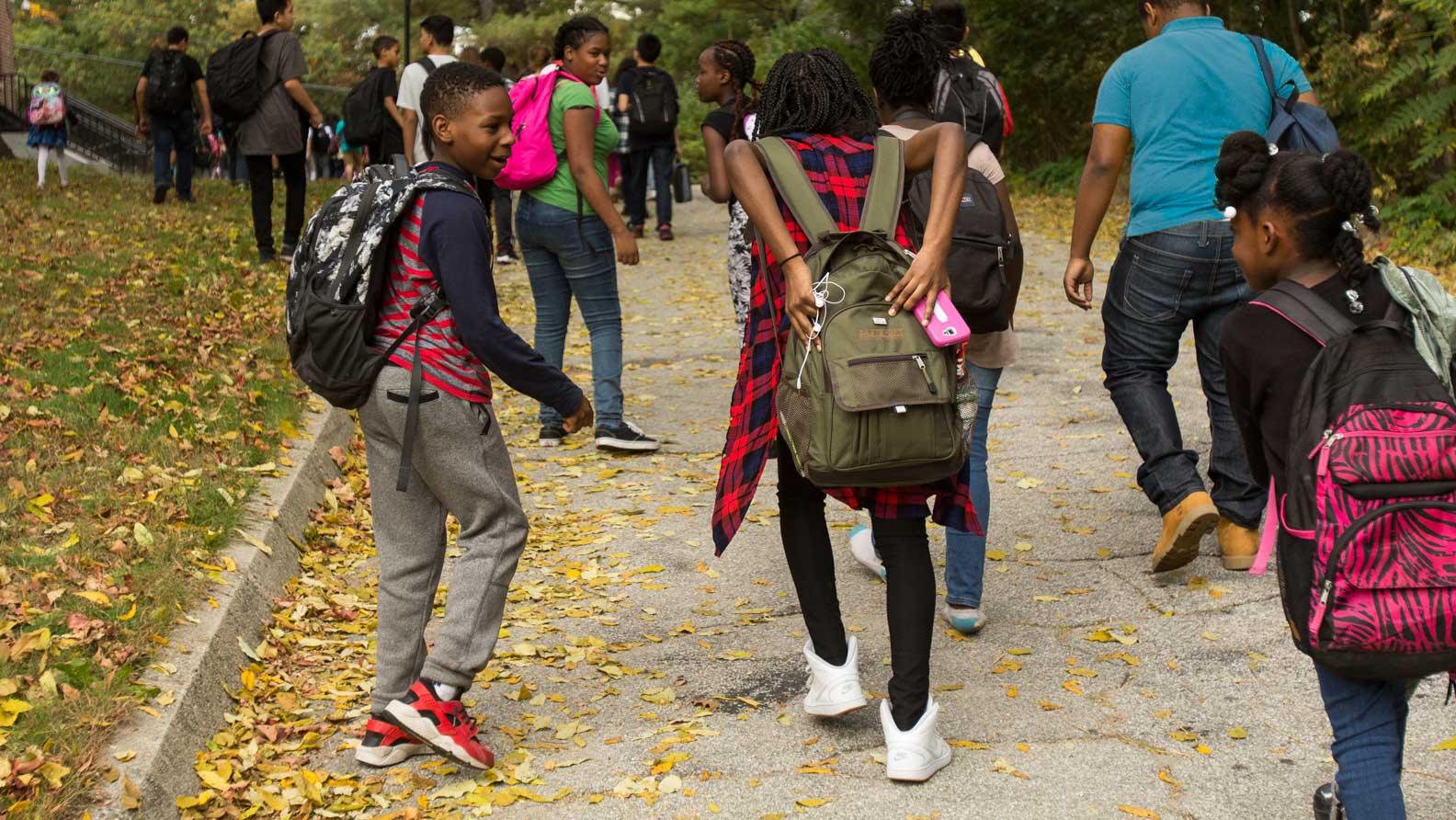
Inviting a lawmaker to tour your afterschool program is one of the best ways to show him or her firsthand the impact of afterschool programming on students and families in their district and/or state. Here's how.
While site visits can provide lawmakers and other key community supporters personalized experiences at your afterschool programs, a community open house can showcase your program to a much larger audience. Like a Lights on Afterschool event, a community open house allows you to highlight the breadth of activities your students participate in each day. Check out the Lights On Afterschool event ideas and activities page for suggestions on how to host a high-impact open house.
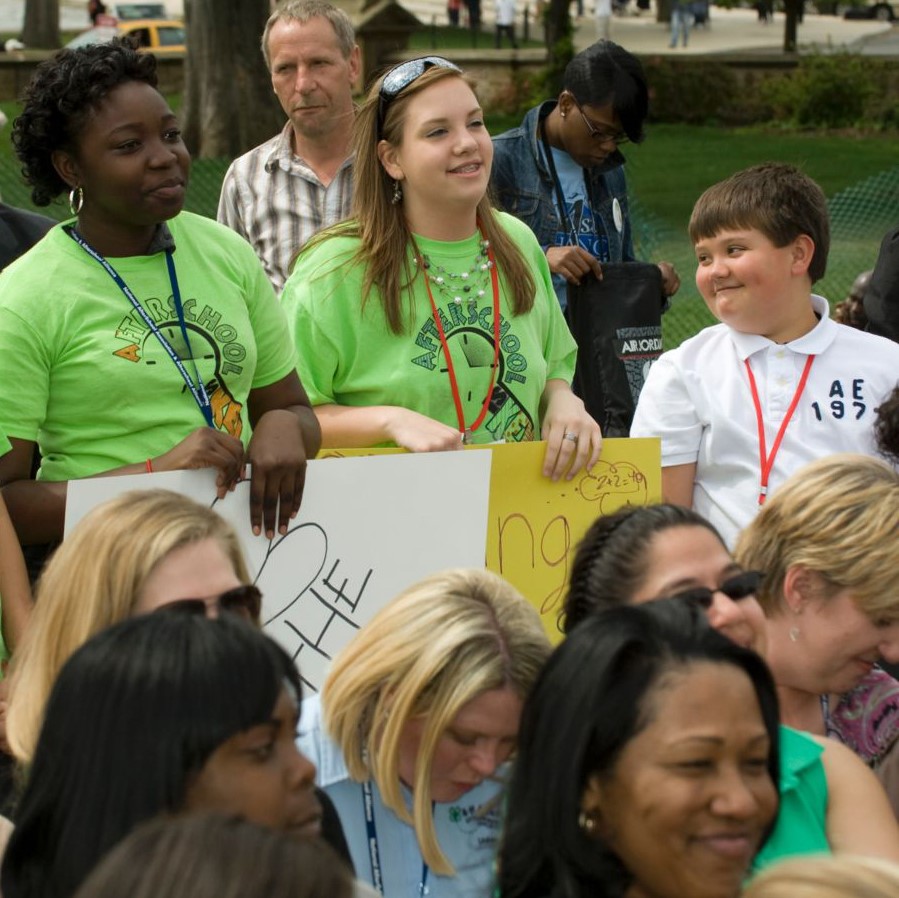
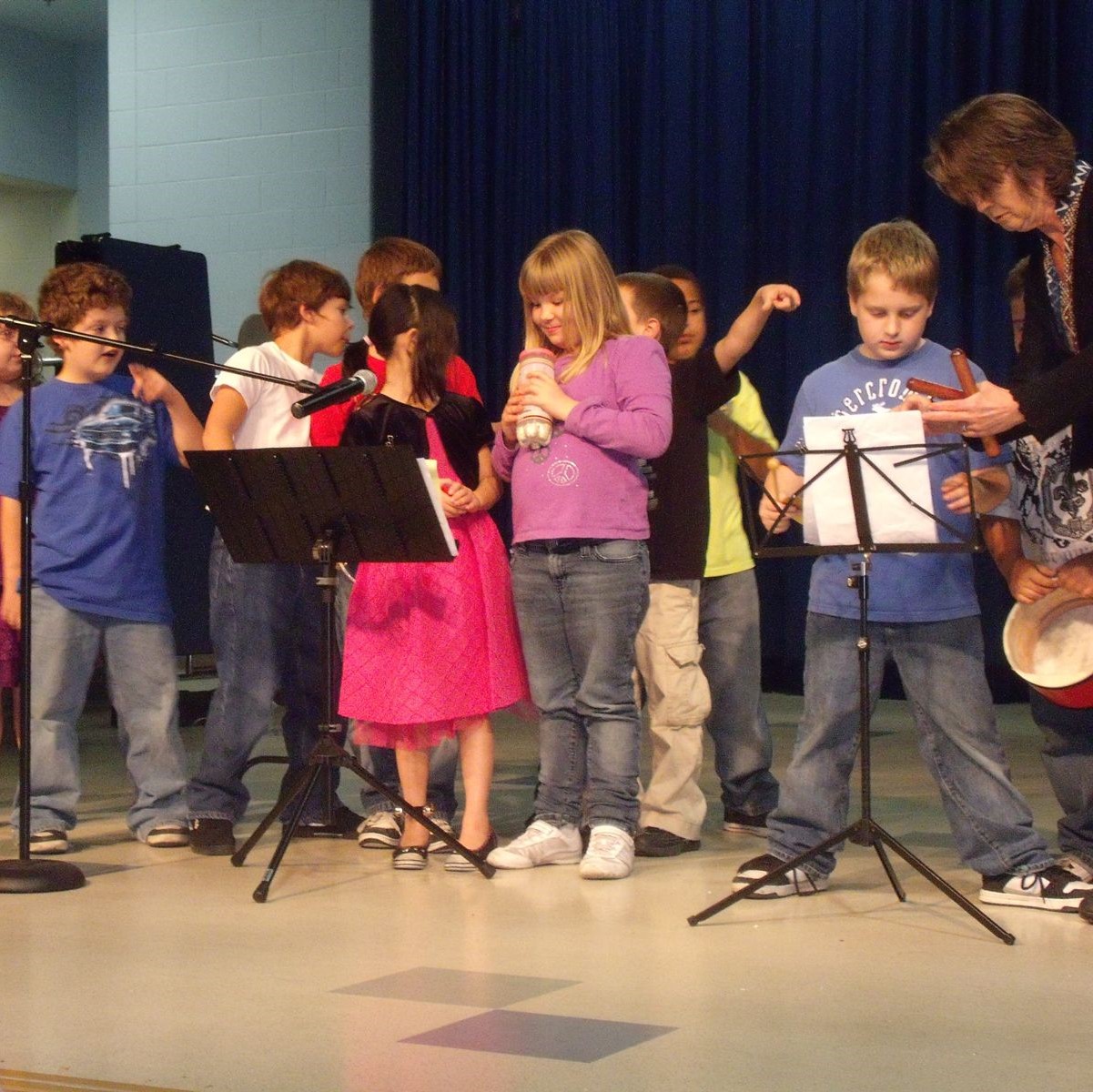
Highlight your students many talents by hosting an afternoon or evening of performances. A student showcase is an excellent way to bring in community partners and elected officials to your afterschool program and expose them to incredible impact afterschool programs can have on youth. Whether it is a musical performance, a play, a science demonstration, or a recital of spoken word poetry, a student showcase can be a tangible way to demonstrate the impact of afterschool.
In addition to hosting events and using social media to rally afterschool advocates, you might also consider holding a voter registration drive. Per IRS guidelines, 501(c)(3) organizations can operate nonpartisan voter registration or "Get Out the Vote" drives.
Note that voter registration activities must be designed solely to educate the public about the importance of voting and must not show any bias for or against any candidate or party.
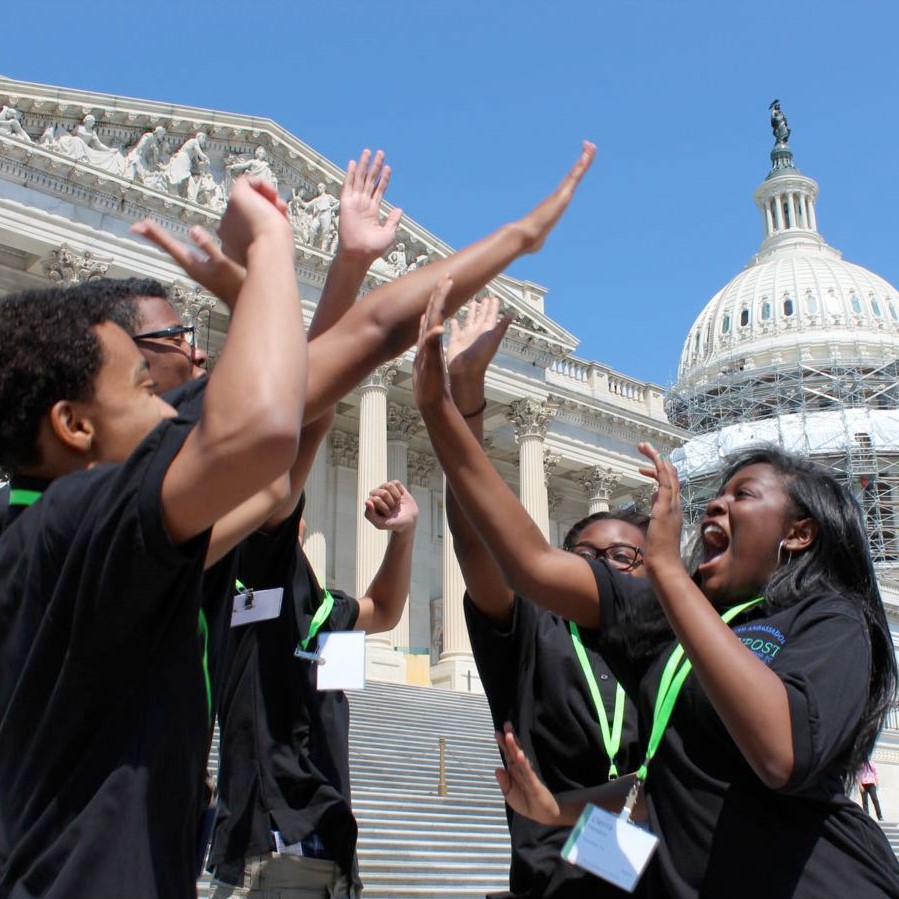
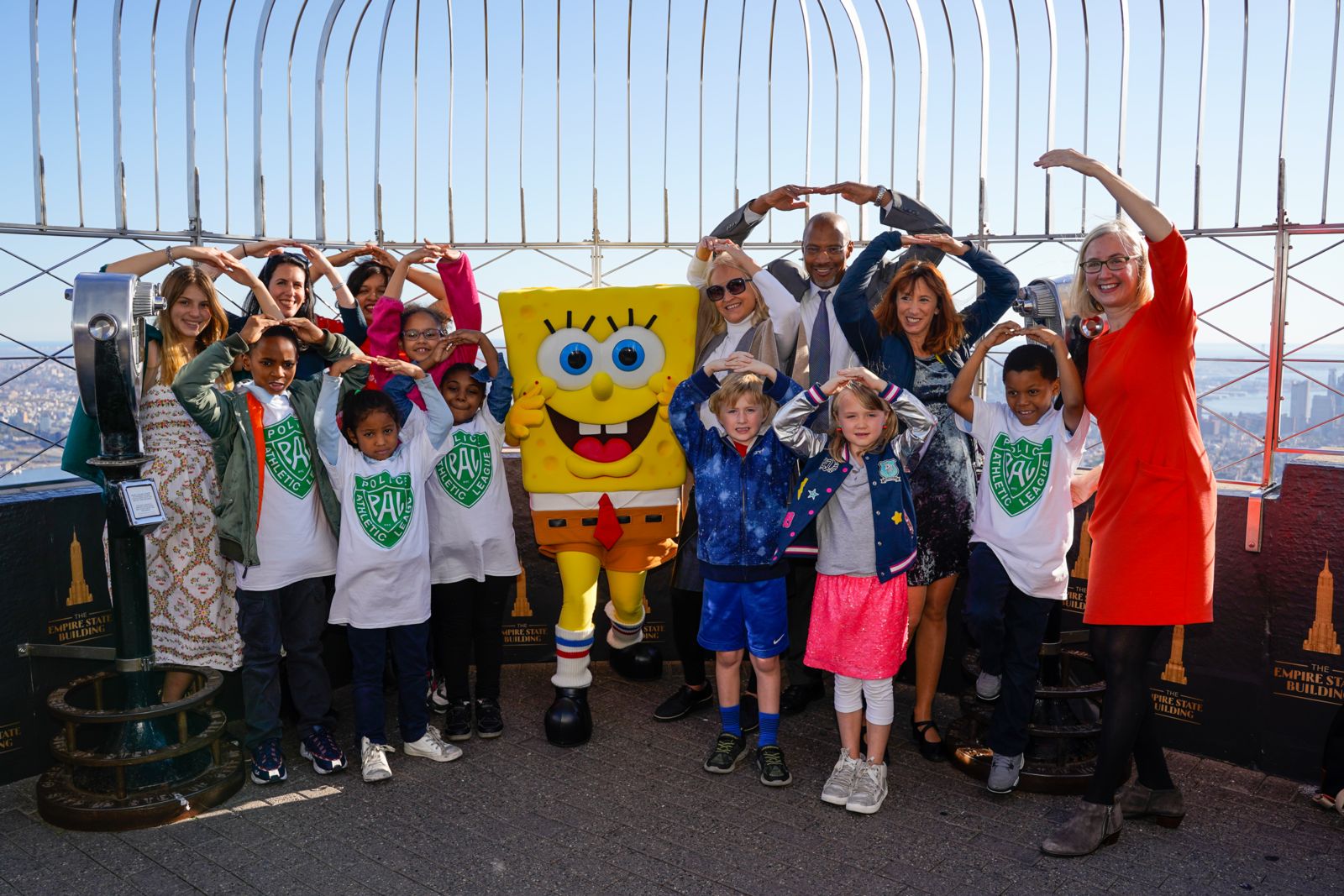
In late October, Lights On Afterschool provides an opportunity to bring candidates and elected officials into your afterschool program for a final photo opportunity or campaign stop. Check out the Lights on Afterschool Toolkit for ideas on how to arrange a stellar event!